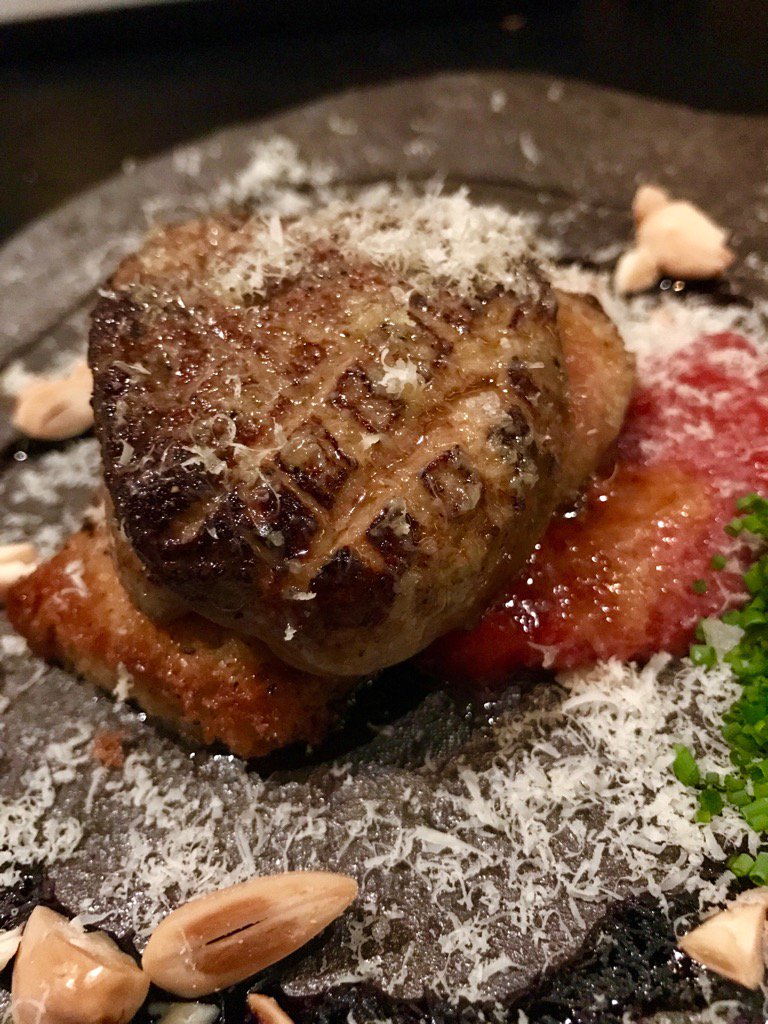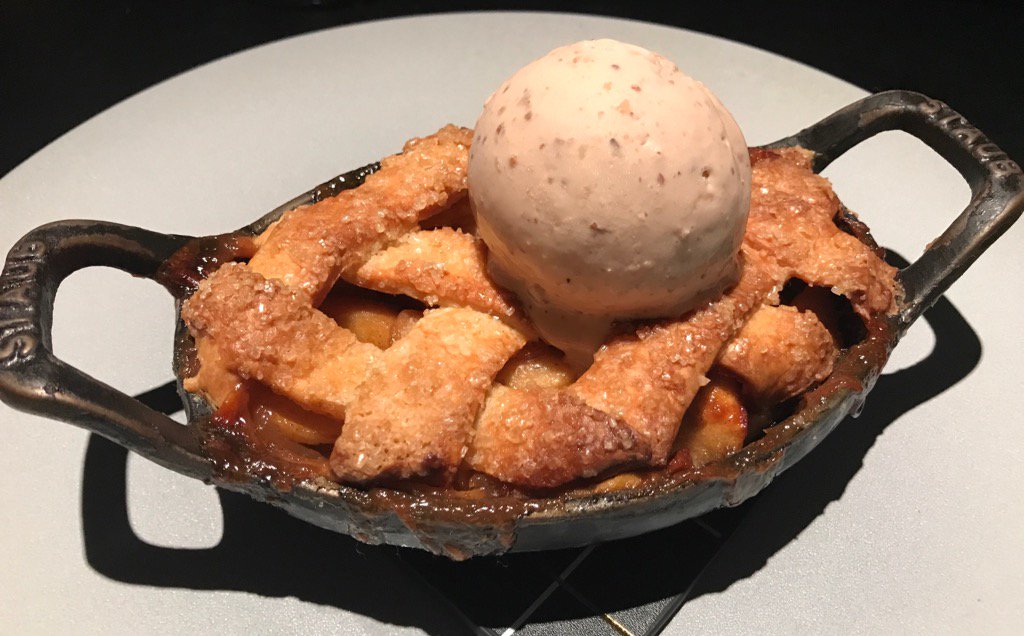
Let us not forget the value of rot. All great cuisines use decay and stench as part of the palate. Red wines from Burgundy and Loire can have a goût de terre — and earth taste, like good garden soil being turned over in the spring — or they can have a goût de merde — a shit taste, which has the fragrance of fine cow manure, old slightly dry , and hay like on the outside with just enough interior wetness to propel the fragrance outward, and all this nestled in a field of fresh green grass. These tastes, the goût de terre and goût de merde are prized by connoisseurs and old bodies like me.
It is a portion of rotten apples that gives good cider its and and subtlety. I knew a man in Maine who claimed his parents’ longevity came from eating a lot of bread with blue penicillin mold on it. Botrytis cinerea, that mold that grows on the grapes that make Sauternes, aid the evaporation of water from the grape, making a more concentrated flavor in the wine.
Decay. Pickles are decaying cucumbers. Cheese, yogurt and buttermilk are decaying milk.
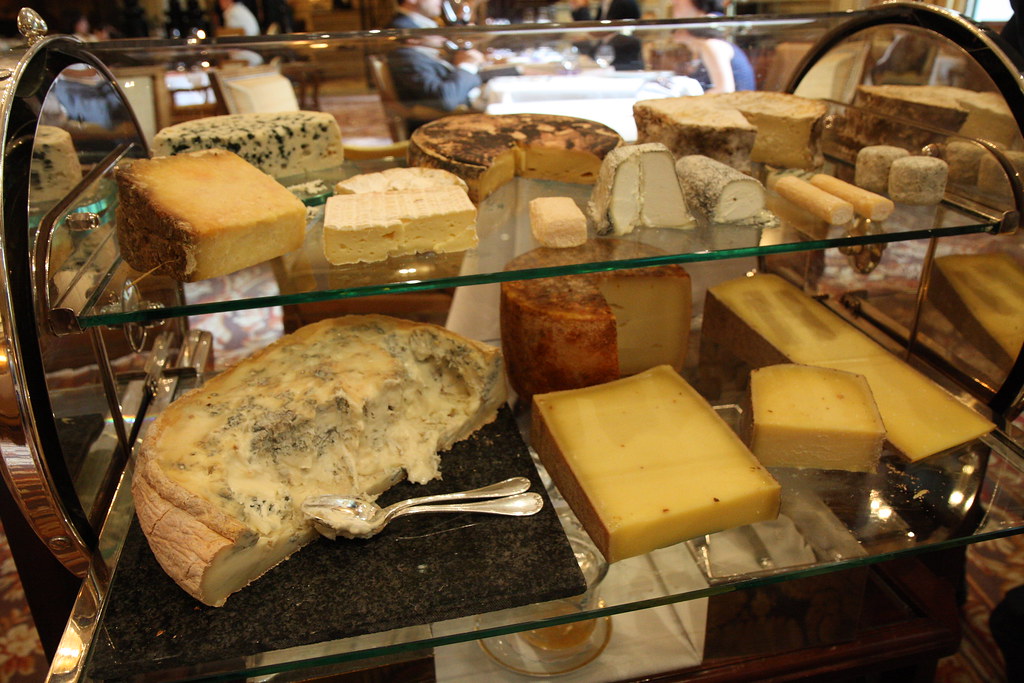
Beer is decayed malt and hops. Whiskey is decayed grain (barley, corn, rye0. Vodka is decayed potatoes. Sauerkraut is decayed cabbage. Wine is decaying grapes, continuing its decay in the bottle, making fine old wine. Some English people like their beef aged to the point where maggots are crawling through it. A good beef stew or red spaghetti sauce, should sit on the stove, melding its flavors, for a least a day. I once left a red sauce out for three days and it began to ferment like wine, and had spritzy little bubbles in it. I was leery at first, but I heated it up to kill any strange growths and delicious it was. – George Vincent Wright, “Cuisine Sauvage”

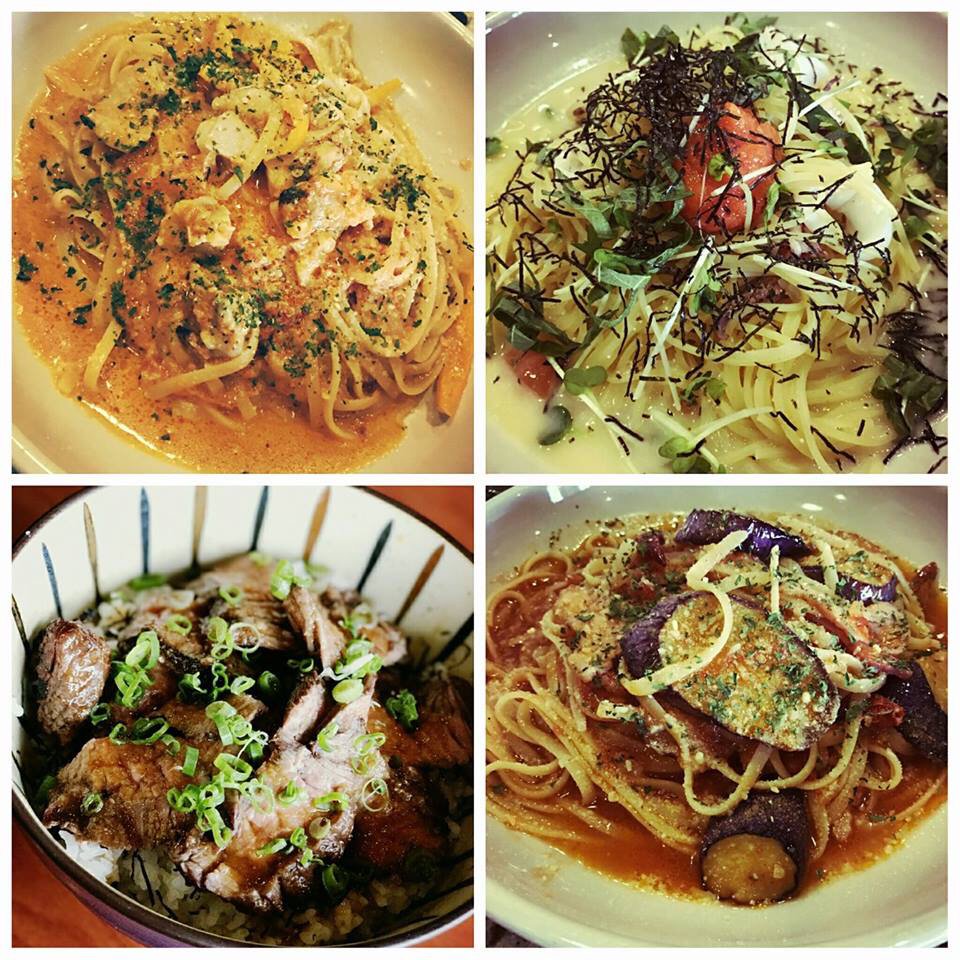

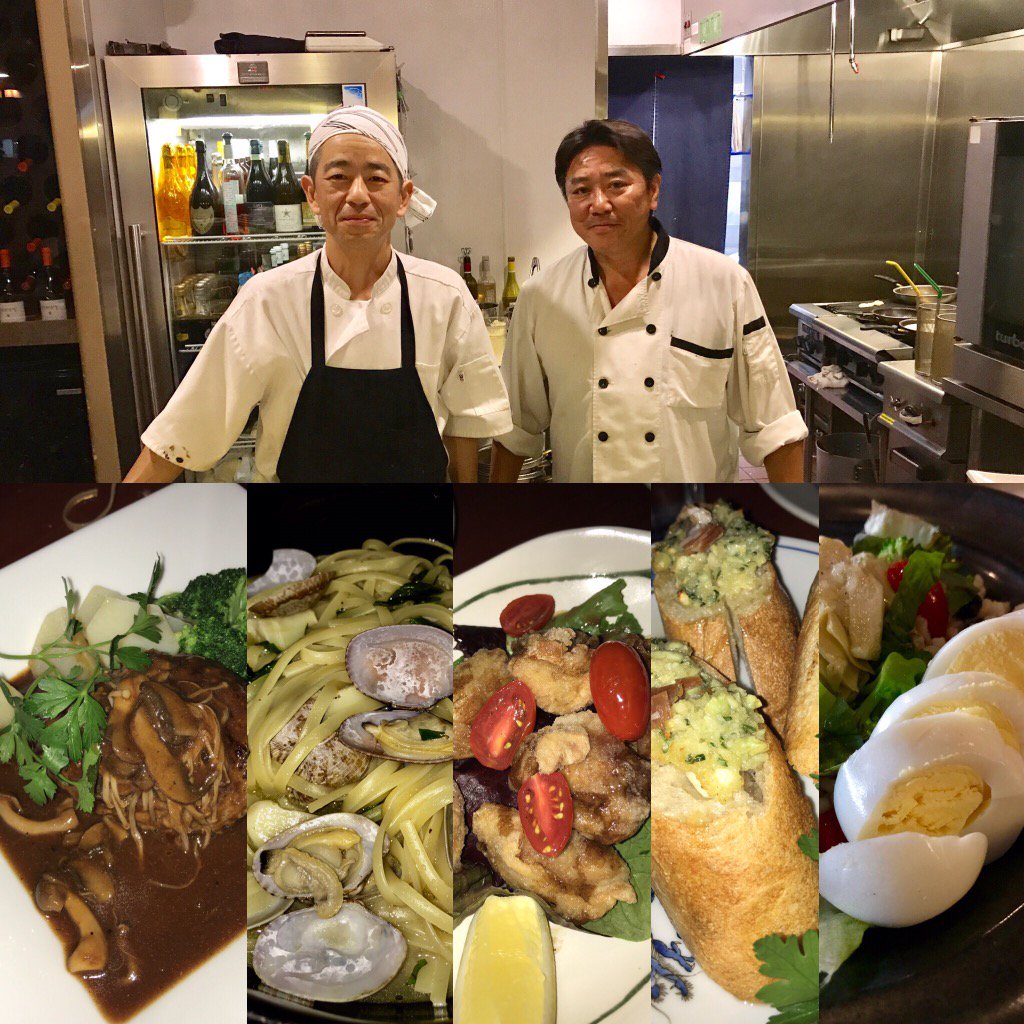
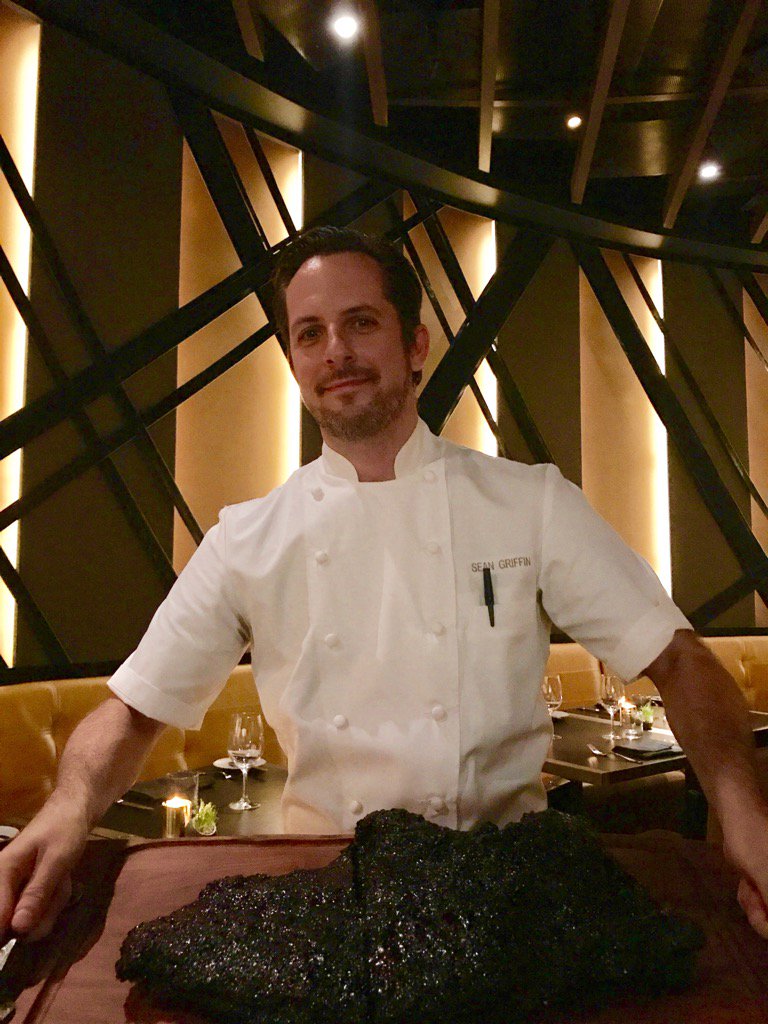 (A man and his meat: Sean Griffin is smokin’!)
(A man and his meat: Sean Griffin is smokin’!)

